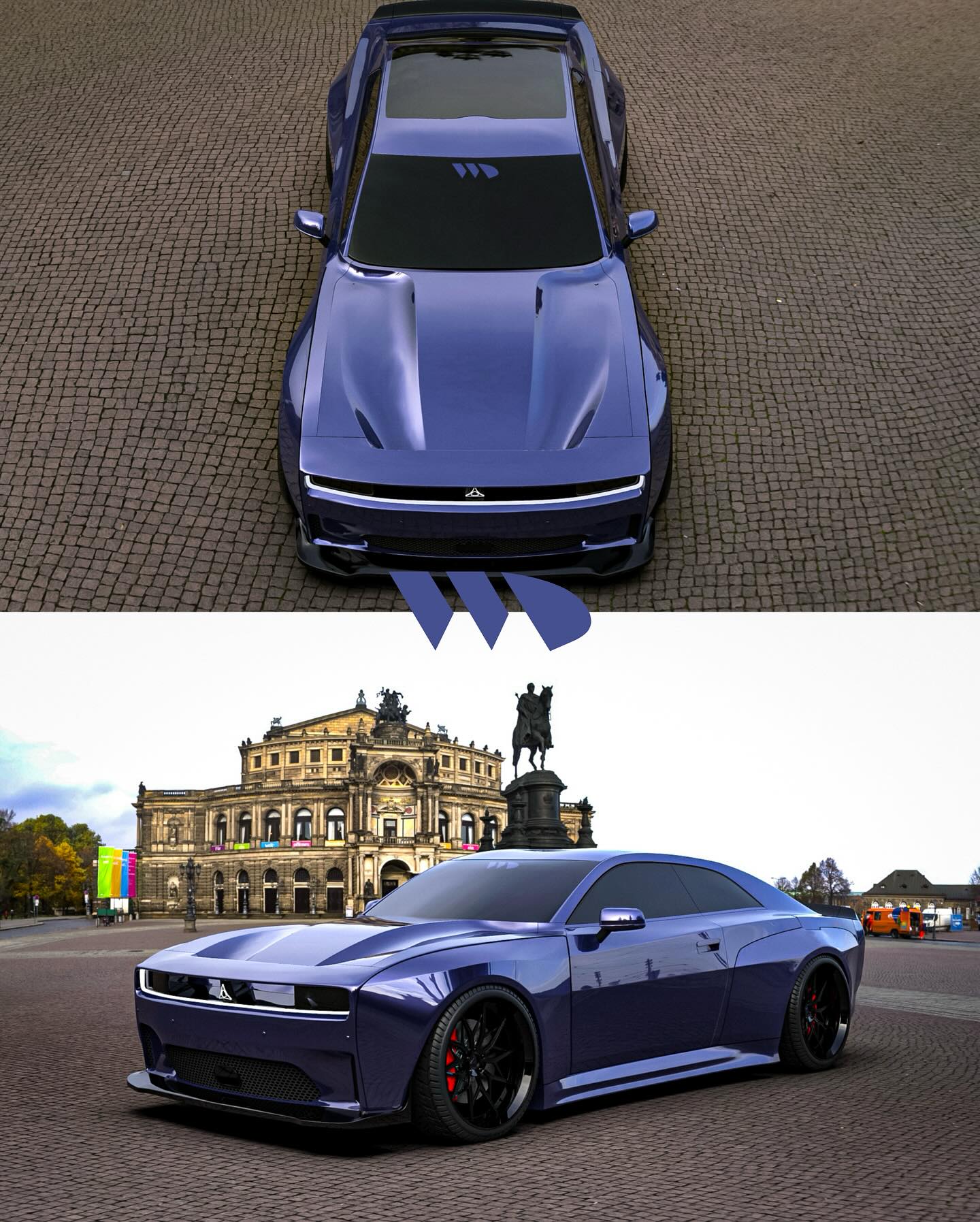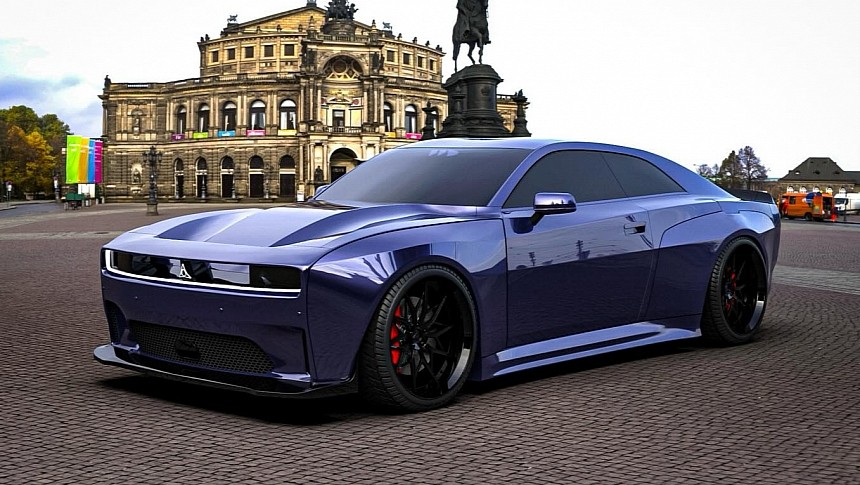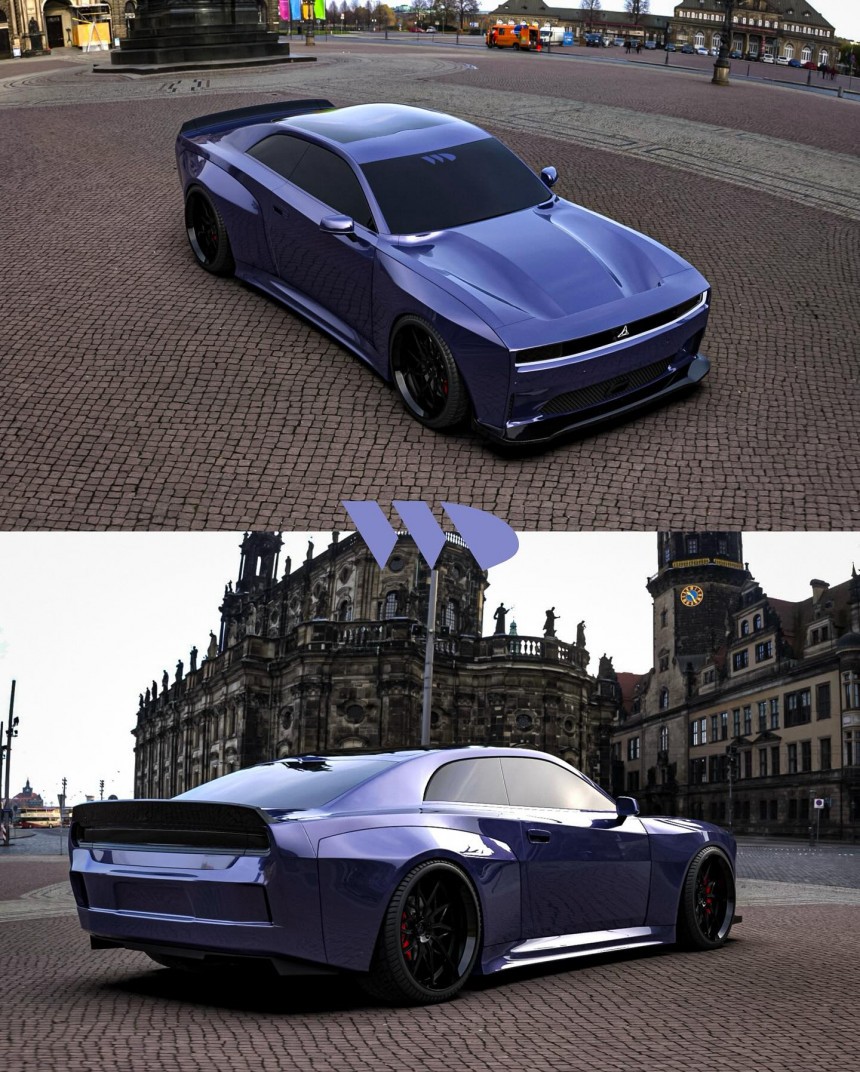
Scheduled to debut in the latter half of 2024 for the 2025 model year, the next-generation Charger is – for all intents and purposes – the successor of the L-platform Challenger. A liftback coupe rather than a four-door sedan, the newcomer has been imagined with a widebody kit by the folks at Waido Kits.
From the standpoint of aesthetics, the sky is the limit for the 2025 Dodge Charger. But when it comes to what’s hiding under the skin, you’ll be disappointed to hear that Stellantis will discontinue Chrysler’s Hellcat engine. 2024 is the final year of the supercharged HEMI, with its final applications being the Ram 1500 TRX and Durango Hellcat.
Going forward, the Hurricane twin-turbocharger sixer will have to suffice. Although unconfirmed, we’re pretty certain that Dodge will offer this engine in the all-new Charger. Instead of a good ol’ row-your-own manual, the 2025 Dodge Charger will get the ZF 8HP torque-converter automatic tranny.
The most powerful application of the 3.0-liter Hurricane is the 2025 Ram 1500 pickup truck, in which the high-output version produces 540 horsepower and 541 pound-feet (706 Nm) of torque. Not good enough to replace the Hellcat, but an improvement over the free-breathing 392. An improvement on paper, that is, because a NA V8 will always sound better than a TT I6.
Regarding the all-electric range, Stellantis confirmed anything between 455 and 670 horsepower. The aforementioned outputs are for the 400-volt architecture. The SRT Banshee, which sports 800 volts, is expected to develop in excess of 800 mechanical ponies. Oh, and by the way, Dodge calls the new Charger the Charger Daytona.
The 2025 Dodge Charger and 2025 Jeep Wagoneer S are the first Stellantis production vehicles based on the STLA Large, a multi-energy platform that also underpins the Jeep Recon and next-gen Chrysler 300. Compatible with purely ICE and hybrid applications, the STLA Large supports transverse and longitudinal engine mounting.
Electric range maxes out at 500 miles or 800 kilometers, which is pretty good for a platform designed for D- and E-segment vehicles. To whom it may concern, the production EV with the longest range of them all is the Lucid Air Grand Touring. According to the EPA, it’s good for 516 miles (830 kilometers) on a full charge of the battery.











